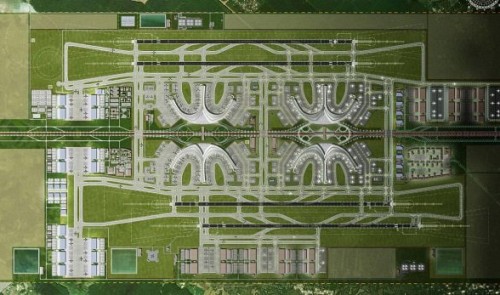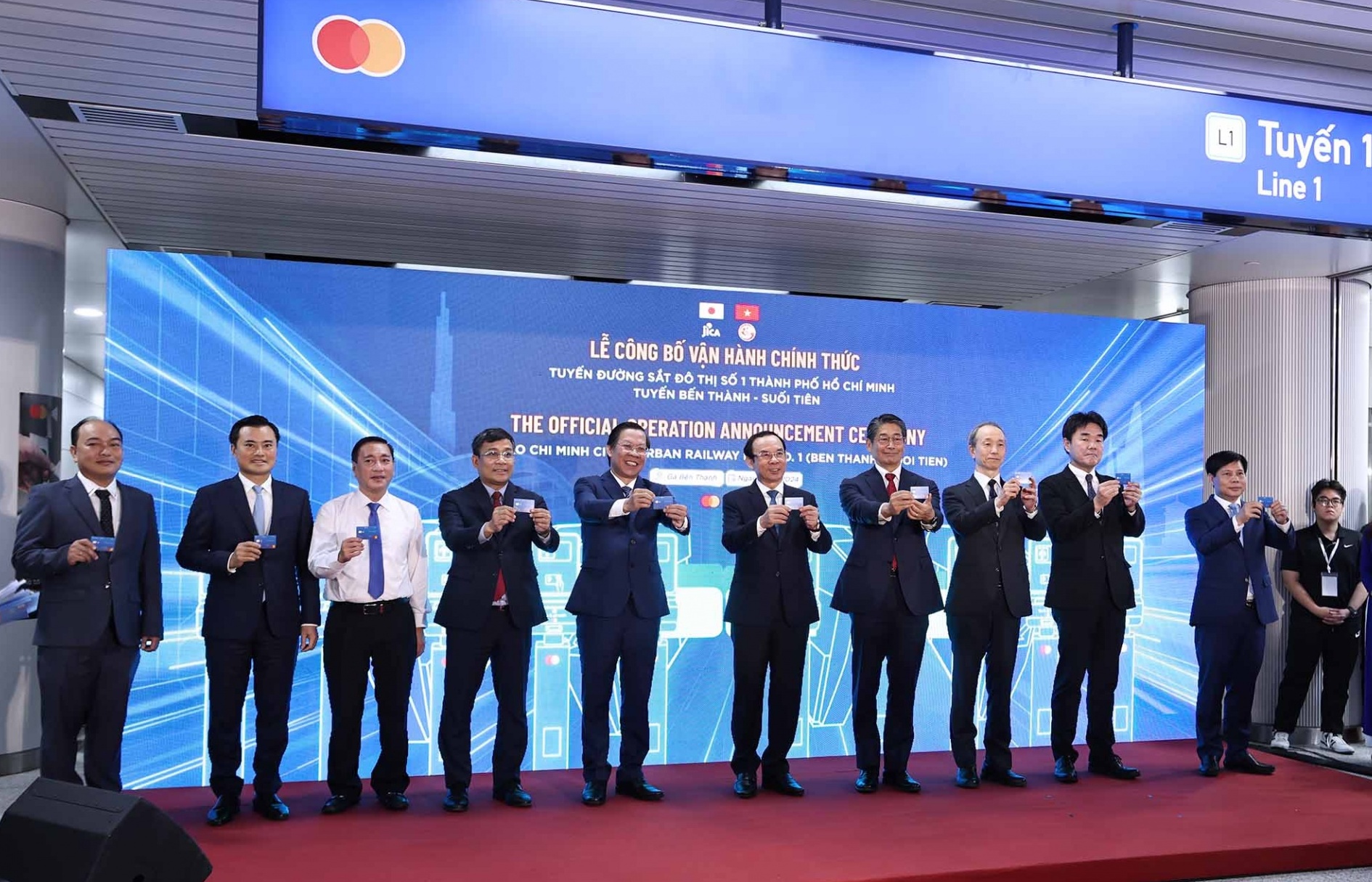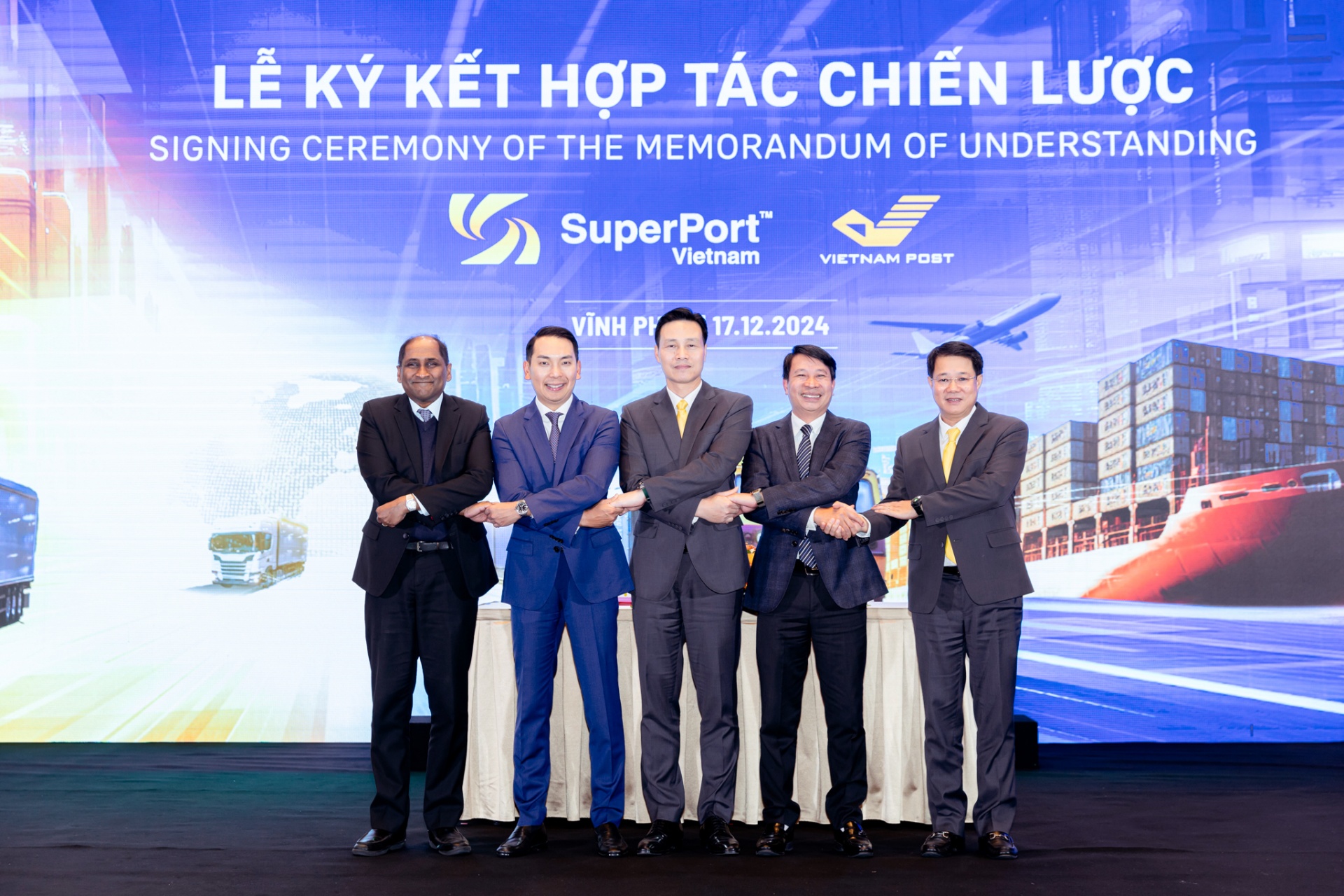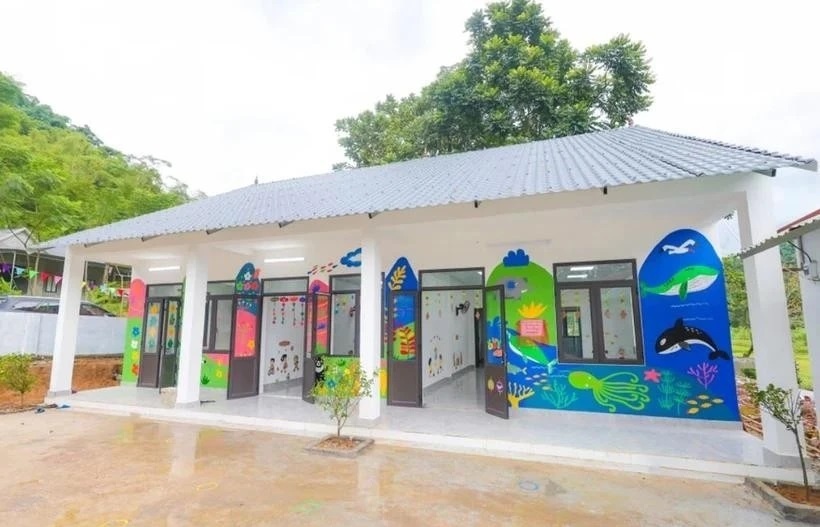French firm denies $2bn commitment to Long Thanh airport claimed by Vietnam official

Vietnamese Deputy Minister of Transport Pham Quy Tieu said at an online talk hosted in Hanoi on October 17 that ADPI, a fully owned subsidiary of the Aéroports de Paris Group, has “committed $2 billion in loans” to fund the construction of Long Thanh International Airport.
The new terminal is to be located in the eponymous district in Dong Nai Province, around 50km from Ho Chi Minh City.
But an ADPI representative said no such commitment exists.
This is the second time deputy minister Tieu has had a statement about funding for Long Thanh rejected by the parties involved.
Also during the online talk, Tieu said the premiers of Japan and Vietnam had reached an agreement on an Official Development Assistance (ODA) loan of $2 billion for the latter to build the Long Thanh terminal.
But Hiroyuki Hayashi, First Secretary of the Embassy of Japan to Vietnam, denied the information the same day, saying the Japanese government “has not decided on investment for the Long Thanh Airport yet.”
Tieu later apologized to the Embassy of Japan in Hanoi, and said the $2 billion commitment was from ADPI, which also rejected his claim.
Who is ADPI?
Although deputy minister Tieu said ADPI would invest $2 billion in the Long Thanh project, the Paris-based company only specializes in airport architecture and engineering, rather than functioning as an investor, according to an Aéroports de Paris Group (ADP) spokesperson.
ADPI only “designs and manages the construction of complex airport buildings,” such as passenger terminals, control towers, aircraft hangars and maintenance centers, as well as major urban projects, according to its website, which also shows that the company’s 2012 revenue was only 67 million euros.
ADPI also said on its website that it has served as a consultant with the Japan Airports Consultants (JAC) for the master planning study of Long Thanh airport.
The company has been responsible for the study of facility requirements, the preparation of the Master Plan, and the development of architectural concepts for the four main buildings of the first phase of the project.
The main buildings include the passenger terminal building, air traffic control tower, aircraft rescue and fire fighting station, and the airport authority offices.
ADPI stated clearly on the website that the period of services were from December, 2009 to November, 2010, and its client was Vietnam’s Southern Airports Corporation (SAC).
And ADPM?
There are in fact two ADP subsidiaries related to the Long Thanh project, according to the French economic service in Hanoi (Service Economique de Hanoi, SE).
Besides ADPI, as mentioned by the deputy transport minister, ADPM – the airport management unit of ADP – has also recently worked with the transport ministry during its Vietnam trip, and showed interest in the project, an SE official told Tuoi Tre (Youth) newspaper.
During a meeting with Transport Minister Dinh La Thang on September 17, ADPM said they wanted to invest in the airport project under the public-private partnership (PPP) scheme, the transport ministry said on its website.
ADPM general director Frederic Dupeyron said the company would like to become the strategic partner of the Airport Corporations Vietnam (ACV), once the company goes public, according to a source close to the matter.
Dupeyron said ADPM could buy a 15-25 percent stake in ACV and help it find strategic partners.
As for the Long Thanh project, ADP could invest $2 billion through the PPP scheme, according to Dupeyron.
But the SE said there is currently no commitment on the reported $2 billion investment.
An ADP media representative has also told Vo Trung Dung, a Tuoi Trecorrespondent in Paris, that the company has neither confirmed nor dismissed the information that ADPM has made a commitment to the Vietnam transport ministry.
The spokesperson said ADP could not discuss details when no official deal has been closed.
ADPM mainly invests in airport concessions and manages airports worldwide through management contracts, either with or without an equity interest in the airport, according to the company website.
The company boasts many areas of expertise, including bringing airport infrastructure into operation, optimizing operations, developing air terminal shops, and assisting with airport certification.
ADPM said it is now present in nine countries and 22 airports, serving 43 million passengers.
What the stars mean:
★ Poor ★ ★ Promising ★★★ Good ★★★★ Very good ★★★★★ Exceptional
Latest News
More News
- CIEM raises growth prospects for Vietnam (December 13, 2024 | 10:55)
- Decoding the variables shaping investments in 2025 (December 13, 2024 | 10:53)
- Vietnamese enterprises embrace value creation model (December 13, 2024 | 09:00)
- Happy Vietnam awards honour photo and video artists (December 13, 2024 | 08:54)
- Vietnam unveils 2024 rankings of top employers and value-driven enterprises (December 12, 2024 | 17:00)
- ‘Blockbuster’ Eaton Park sells out just one week after launch (December 12, 2024 | 08:00)
- German businesses remain upbeat about Vietnam (December 11, 2024 | 15:45)
- Tech giants bet big on Vietnam's future (December 10, 2024 | 17:53)
- Forum on green solutions for industrial parks and investment promotion organised in Vinh Phuc (December 09, 2024 | 19:08)
- Vietnam and GGGI launch plan for green growth and climate action (December 08, 2024 | 20:38)


















 Mobile Version
Mobile Version